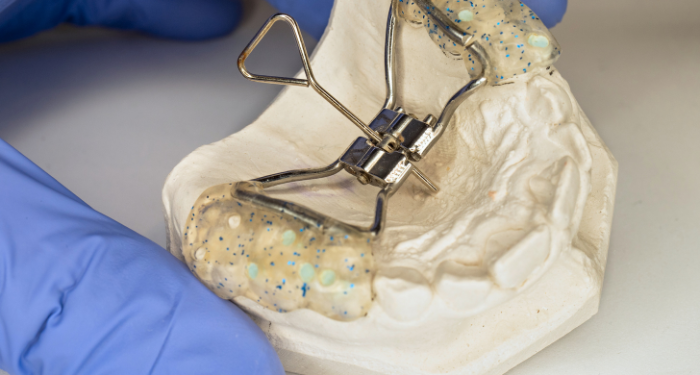
As many milestones as I memorized in grad school, I’m still amazed at how many weren’t on my radar when I stepped into the real world as a pediatric feeding therapist.
Sure, I could stumble through an evaluation, checking boxes and writing reports. But when it came to getting to the root of the feeding challenges and designing a truly effective, hierarchical therapy plan, with step-by-step goals tailored to the child in front of me, I realized something was missing.
The missing piece? A deep understanding of feeding milestones.
These aren’t just about when a child crawls, walks, or says their first word.
Feeding milestones include what’s expected of the jaw, lips, and tongue from birth to age three. By 36 months, we expect these foundational skills to be fully mastered. And if they’re not? That’s when red flags should go up.
Feeding milestones aren’t just boxes on a developmental chart, they’re the building blocks of everything that comes later.
Each feeding milestone is like a rung on a ladder. Miss a rung, and climbing becomes harder, or you’re forced to compensate in ways that aren’t sustainable long-term OR lead to recessed jaw, compromised airway, and sleep disordered breathing.
These milestones create the foundation for:
- Safe swallowing – Coordinated jaw, lip, and tongue movements reduce risk of aspiration.
- Strong oral motor skills – Stability and strength allow a child to manage different textures, drink from a straw, and transition to open-cup drinking.
- Airway Development- The tongue is our natural palate expander and our lips are our natural braces. When these muscles are functioning properly for feeding, swallowing, and at rest our airway is protected and we have a far less chance of developing sleep disordered breathing.
- Speech development – The same muscles that chew, suck, and swallow are the ones that produce speech sounds with clarity.
When the jaw isn’t stable or the tongue isn’t moving as it should, we often see ripple effects: open-mouth posture, mouth breathing, or difficulty maintaining a clear airway.
Over time, this can affect craniofacial growth, sleep, and even behavior.
Feeding milestones don’t live in isolation, they’re directly tied to a child’s airway health, their ability to self-regulate, pay attention in school, and their readiness for later developmental tasks.
Meet Liam, a 2-year-old who came to therapy because his parents were frustrated with his eating. He would only chew on the right side of his mouth, gagged on certain textures, and refused anything that wasn’t puréed or soft. His pediatrician had reassured the family that he would “grow out of it,” but the problem was getting worse, not better.
At first glance, it would’ve been easy to assume Liam was just a picky eater. But once we went deeper and looked at his feeding milestones, the real picture emerged:
- He had never developed rotary chewing
- His tongue lateralization was absent
- His jaw stability was poor
Because these milestones had been delayed or skipped, Liam was compensating. Chewing on only one side was his way of getting by, but it wasn’t sustainable and was leading to other issues.
Without intervention, this could have led to jaw asymmetry, persistent feeding difficulties, compromised airway, and even speech delays.
Once therapy focused on building those missing milestones, jaw strength, tongue movement, and bilateral chewing, Liam’s “picky eating” began to resolve.
His progress highlights what every feeding therapist needs to remember: feeding milestones are not optional extras. They are essential checkpoints for healthy development.
Are you ready to confidently identify the milestones that matter during your feeding evaluations?
To stop guessing and start building therapy plans that address the root causes?
Join us inside Feed The Peds®, where we cover everything you need to know to become a skilled pediatric feeding therapist, including the full roadmap of feeding milestones.


